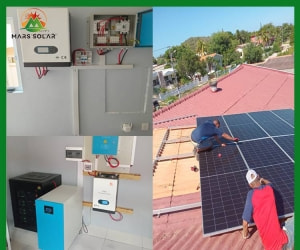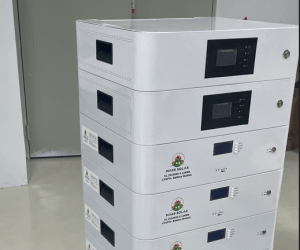1. Q: What is an pure sine inverter and what does it do?
A: Simply put, an pure sine inverter is an electronic device that converts low voltage (12 or 24 volts) direct current to 220 volts alternating current. Because we usually use 220 volt AC to be converted to DC, and the pure sine inverter has the opposite effect, hence the name.
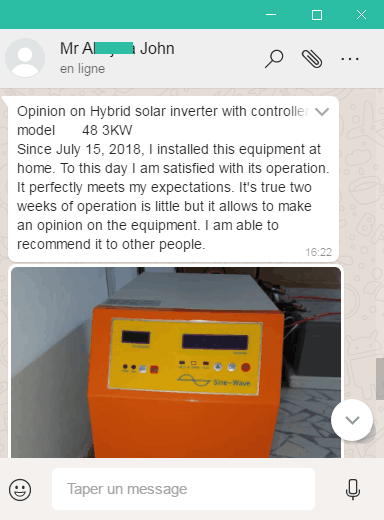
2. Q: According to the output waveform, how many types of pure sine inverters are there?
A: There are two main types, one is a pure sine wave inverter and the other is a square wave inverter. The sine wave inverter outputs an even better sinusoidal alternating current than the grid we use every day because it does not have electromagnetic pollution in the grid. The square wave inverter outputs a square wave alternating current with poor quality. The maximum forward to negative maximum value of the inverter is generated at the same time, which adversely affects the load and the inverter itself. At the same time, its load capacity is poor, only 40-60% of the rated load, can not carry inductive load. If the load is too large, the third harmonic component contained in the square wave current will increase the capacitive current flowing into the load, and in severe cases will damage the load filter capacitor of the load. The sine wave inverter provides high quality AC power and can drive any kind of load, but the technical requirements and cost are high.
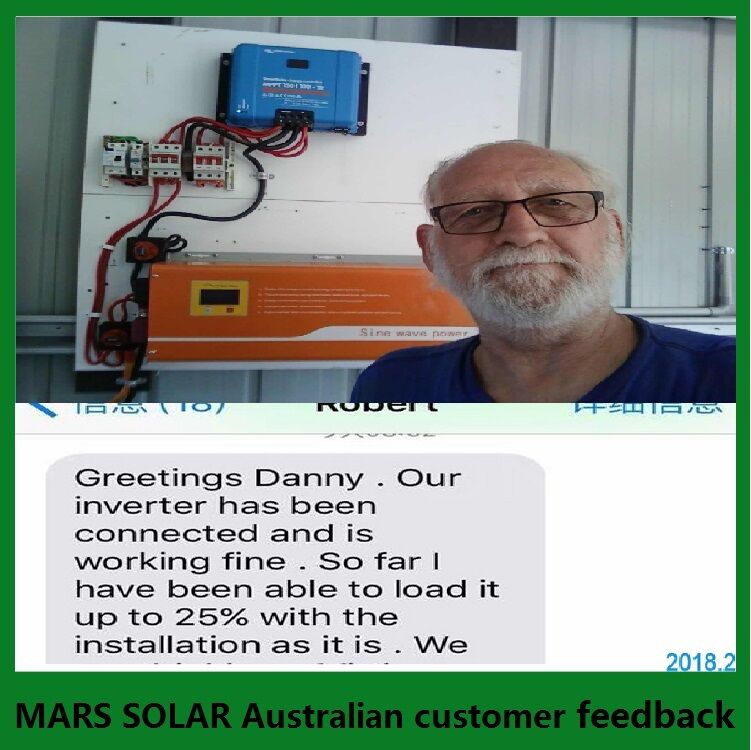
3. Q: What is “inductive load”?
A: In layman's terms, high-power electrical products such as electric motors, compressors, relays, fluorescent lamps, etc., which are manufactured using the principle of electromagnetic induction. This type of product requires a much larger starting current (approximately 3-7 times) than the current required to maintain normal operation. For example, a refrigerator that consumes about 150 watts of electricity during normal operation can have a starting power of more than 1000 watts. Therefore, such appliances have higher requirements for power supply waveforms and higher capacity sine wave inverter.
4. Advantages of sine wave inverters for powering load devices.
The advantages of AC inverters include the concern that there is no lightning damage to computers and other information devices that use AC power. It shares long-term work with information equipment that uses DC power, and does not require a large-capacity battery pack. The AC output of the AC inverter has excellent EMI indicators, ensuring long-term stable operation of computers and other information equipment using AC power.
-
 Solar PV System Expansion: Compatibility, Efficiency & Implementation Guide1. Background and Necessity Early-installed PV systems generally fail to meet the growing energy demands of modern households and enterprises. Compared with replacing the entire system, expansion is a more economical option—but the core question
Solar PV System Expansion: Compatibility, Efficiency & Implementation Guide1. Background and Necessity Early-installed PV systems generally fail to meet the growing energy demands of modern households and enterprises. Compared with replacing the entire system, expansion is a more economical option—but the core questionDo you like ?0
Read more -
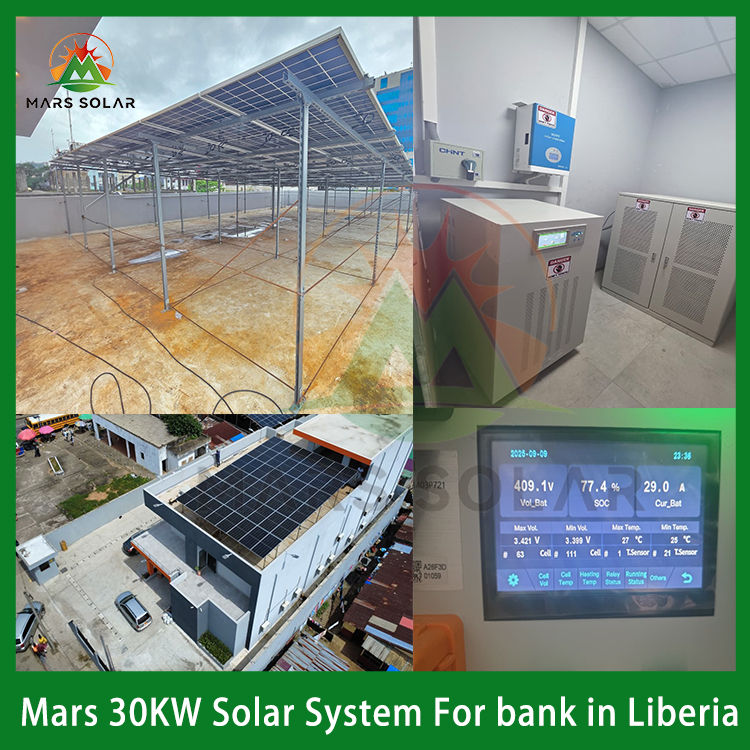 Customized Off-Grid Solar System for a Liberian Bank: Achieving Power IndependenWhen Banks Face the Challenge of "Grid Power Outages and Voltage Fluctuations": A Real-World Solution from Liberia In scenarios where the power grid is unstable and manual intervention is difficult, how to ensure the 24/7 stable operation
Customized Off-Grid Solar System for a Liberian Bank: Achieving Power IndependenWhen Banks Face the Challenge of "Grid Power Outages and Voltage Fluctuations": A Real-World Solution from Liberia In scenarios where the power grid is unstable and manual intervention is difficult, how to ensure the 24/7 stable operationDo you like ?0
Read more -
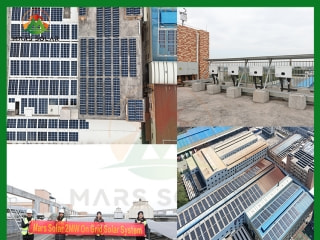 2MW Solar Panel System For Factory2MW mars solar grid-tied solar panel system for factory have designed, produced, and installed in a factory.How does Mars Solar build such a solar panel system for factory? 1. Data collection Before designing the plan, the factory owner vi
2MW Solar Panel System For Factory2MW mars solar grid-tied solar panel system for factory have designed, produced, and installed in a factory.How does Mars Solar build such a solar panel system for factory? 1. Data collection Before designing the plan, the factory owner viDo you like ?0
Read more -
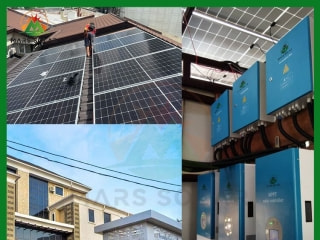 100KW Solar For Hotels And Resorts In NigeriaIn December 2024, the Mars Solar 100KW Nigeria solar for hotels and resorts project was successfully completed. In May 2024, the customer contacted Mars solar and had a series of communications on the solar for hotels and resorts project. The d
100KW Solar For Hotels And Resorts In NigeriaIn December 2024, the Mars Solar 100KW Nigeria solar for hotels and resorts project was successfully completed. In May 2024, the customer contacted Mars solar and had a series of communications on the solar for hotels and resorts project. The dDo you like ?0
Read more -
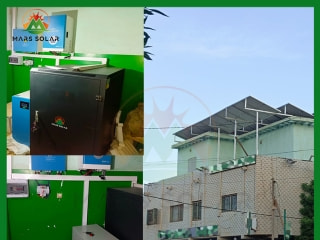 Reliable Energy Solutions for a Mali Pharmacy: 15KW Solar System Success StoryIn the heart of Mali, reliable electricity is a significant challenge, with power coming on for just 2 hours and then cutting off for 4 hours multiple times a day. This erratic power supply is particularly problematic for businesses that depend on consist
Reliable Energy Solutions for a Mali Pharmacy: 15KW Solar System Success StoryIn the heart of Mali, reliable electricity is a significant challenge, with power coming on for just 2 hours and then cutting off for 4 hours multiple times a day. This erratic power supply is particularly problematic for businesses that depend on consistDo you like ?0
Read more -
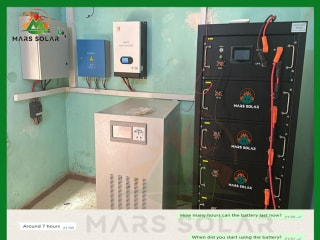 Harnessing the Sun: A Sustainable Solution for Abou's Family in MaliIn the heart of Mali, families like Abou's face daily challenges with electricity access, enduring power outages that can last up to 12 hours. To combat this, Abou relies heavily on a diesel generator to power his home, which includes essential applia
Harnessing the Sun: A Sustainable Solution for Abou's Family in MaliIn the heart of Mali, families like Abou's face daily challenges with electricity access, enduring power outages that can last up to 12 hours. To combat this, Abou relies heavily on a diesel generator to power his home, which includes essential appliaDo you like ?0
Read more

